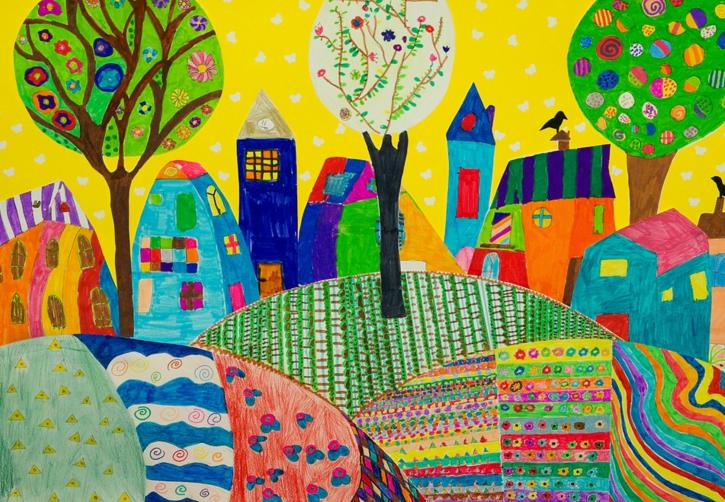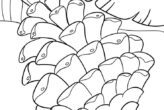Coloring Therapy Helps Kids to Recover More Quickly from Traumatic Experiences – Part 2
By Best Coloring PagesApril 4th 2016

We thank you for continuing to follow our series, Coloring Therapy Helps Kids to Recover More Quickly from Traumatic Experiences.
Last week, you learned that one out of every four children will experience a traumatic event prior to the age of 18. In some instances, the trauma will be a one-time experience such as a natural disaster. In other cases, the trauma will be a recurring experience such as abuse at the hands of a loved one.
Despite the type of experience or the number of times that the experience has detrimentally impacted a child, it has been determined that coloring therapy aids in the recovery process from those traumatic experiences.
You learned that coloring therapy helps a child go to a subconscious and conscious area of safety and comfort. This week, we will continue to expound on how coloring therapy is beneficial to the traumatized child.
Coloring Allows a Child to Become More Expressive
According to the studies of coloring therapy on traumatized children, it has been established that coloring allows a child to become more expressive.
It is a known fact that the experience associated with a trauma is difficult to verbally express. This is true in people of all ages, but, especially true in kids.
Coloring soothes the mind and calms the body.
This aids in helping a child become more expressive in a creative manner. Once the child has reached a level of creative expressiveness, they may be engaged in activities that use the higher cognitive-based areas of the brain, such as storytelling exercises.
Then, the child may be asked to depict a picture of the past and the future. For example, they may be asked to draw a road that shows the past and the future and asked to place themselves on that road. The memories associated with traumatic events are highly sensory.
When expressing those memories, the child will actually feel them in their body. Coloring therapy helps in the following ways:
- First, it utilizes a neurosequential type of approach that aids in stabilizing the physiological responses.
- Next, it helps to identify the physiological reactions to the traumatic experiences and memories through a highly-informed evaluation to the sensory activities that occur during coloring.
- Coloring therapy helps to respond to the physiological reactions to the traumatic experiences through both sensory and somatic-based approaches, which, eventually, aids in the process of self-regulation.
- Coloring therapy helps to reinforce the sense of safety by reconnecting the child with positive-based attachments. This is self-soothing to the traumatized kid.
- Coloring therapy helps to use the arts to develop strengths through weaknesses. Kids that use coloring therapy as a means of recovering from traumatic experiences are said to normalize more quickly and have a higher level of resiliency when faced with future challenges and events.
Traumatic experiences are quite common among kids. Coloring therapy is a type of art therapy that is said to be highly beneficial to those that have been detrimentally impacted by such events.
If your child has faced a trauma, or, you work with a kid that has suffered, you should know and understand that coloring therapy could be the single most important activity that aids in the recovery process.
It is a known fact that most young kids that survive a trauma are unable to place their memories in a type of historical context by simply talking; however, art therapy – such as coloring -aids in this process.
Essentially, coloring therapy may help a child place the traumatic experience in the past and may help a child move forward with their life in a positive and productive fashion.
There are many pages here to download for free to help your child color. Amazon also has a fantastic book dedicated to the emotional well being of your child through coloring. Check it out.




